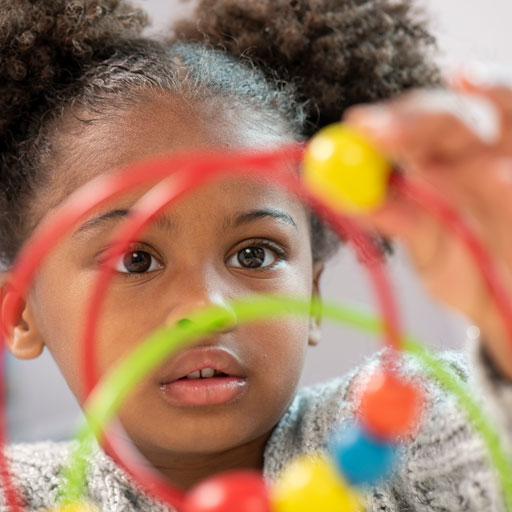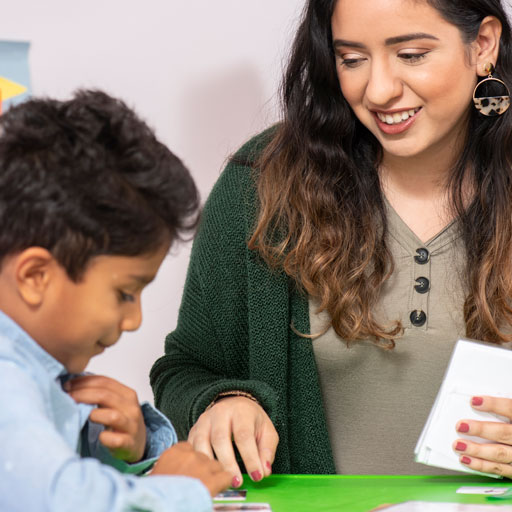Welcome to Instructional ABA Consultants
We are glad you found us. Instructional ABA Consultants (IABA) is dedicated to providing first-class therapy to autistic children. We are extremely proud of the fact that all our clients have seen progress because of ABA therapy.
We use several different approaches with ABA therapy, including:
- Precision Teaching
- Discrete Trial Teaching (DTT)
- Naturalistic Instruction
At IABA, we’re in this business for the right reason: to help autistic children. We operate from a place of love and empathy. We believe there’s always a better way and we can all work together to make a difference.
Clients Come First Here
Every one of our clients is unique. So, our highly skilled team works to develop the finest programming based on the unique skills and needs of each client. We take great pride in putting our clients, and their families, first. We foster collaboration in everything we do, incorporating our team, our clients’ families, and any other important professionals who are a part our clients’ lives. Because at IABA, we truly believe that we’re all one family.

They set-up a plan based off of Max's needs and our concerns with him.
– Griselda Valadez





